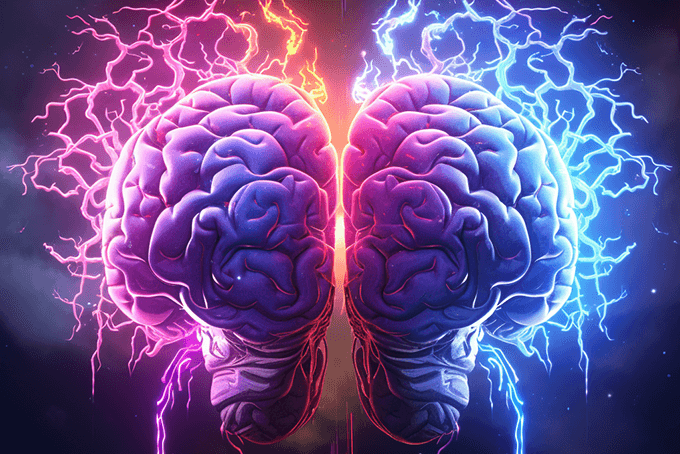Teaching low-achieving students requires understanding and a specific set of skills from an educator. According to McREL, there are six classroom strategies that benefit traditionally low-achieving students. These strategies are:
1. Whole classroom instruction – This is where, “the teacher delivers a lesson to a classroom of students all at one time, using constructivist or behaviorist interventions,” McREL.com says.
Constructivism “is a philosophy of learning founded on the premise that, by reflecting on our experiences, we construct our own understanding of the world we live in,” according to this Funderstanding article on the topic. The McREL study also showed that, “constructivist strategies are not superior to behaviorist strategies or vice versa.”
2. Cognitively oriented instruction – This category includes reading, math and writing instruction tactics. “The teacher uses cognitive or “how-to” strategies (e.g., teaching steps to solve a math problem) or metacognitive strategies that involve thinking about one’s own thinking (e.g., planning, monitoring, revising, etc.),” McREL says. By combining both strategies, educators can appeal to more student learning styles.
Another way to support low-achieving student is to adopt a modified teaching style, The Science Education Resource Center at Carleton College said. “A supportive teaching style that allows for student autonomy can foster increased student interest, enjoyment, engagement and performance. Supportive teacher behaviors include listening, giving hints and encouragement, being responsive to student questions and showing empathy for students.”
SERC also suggests teaching students to balance challenges.
“Students perform best when the level of difficulty is slightly above their current ability level. If the task is to easy, it promotes boredom and may communicate a message of low expectations or a sense that the teacher believes the student is not capable of better work. A task that is too difficult may be seen as unattainable, may undermine self-efficacy, and may create anxiety,” the guide says.
3. Small-group instruction – In small group instruction, the classroom setting is divided into groups for cooperative learning. McREL cautions, however, that “A teacher must be well-prepared and trained to effectively use mixed-ability grouping.” This means that while some students may end up in a group with other students who have abilities lesser or greater than themselves, they do not fall behind, or become too bored by the activities.
Creating a sense of belonging through group instruction is also important to group member success, reports cited by SERC report. “According to students, their sense of belonging is fostered by an instructor that demonstrates warmth and openness, encourages student participation, is enthusiastic, friendly and helpful, and is organized and prepared for class,” the online guide said.
4. Tutoring – Instruction by tutoring includes close, one-on-one explanation of a concept or subjects. Finding quality tutors and setting up an instructional time and place are pitfalls to planning and orchestrating a successful tutoring program.
Allowing your students to regulate their progress also helps achieve goals. However, “research findings suggest that high-achieving students tend to self-regulate more automatically than low-achieving students,” according to the American Psychological Association.
“Studies show that such monitoring yields considerable payoffs. Zimmerman finds, for example, that when students set goals and monitor their self-efficacy they can boost their achievement potential by 30 percent, based on predictions from previous grades and scores on the Scholastic Aptitude Test,” a report on the association’s Website said.
5. Peer tutoring – This is where one student may help another learn subject material. The students are paired together by diagnostic tests, or tests scores. McREL does emphasize that peer tutoring sessions should be closely monitored by educators, to make sure they are impacting the student who needs assistance. To read more about mastery learning and tutoring, check out this Funderstanding article.
6. Computer-assisted instruction – By using a computer and the latest technology, traditionally low performing students can find the edge over other students. McREL suggests that computer learning about math is “probably more effective than reading or writing.” The APA also suggests quizzing students regularly. “Quiz students frequently. Give them regular assignments and tests so they can tell how well they’re learning material. If they realize what they’re missing today, they might not score poorly on the final later,” the guide said.
For more ways on how to help your students succeed, Beyond Social Promotion and Retention—Five Strategies to Help Students Succeed from the North Central Regional Educational Laboratory provides additional details and ideas on the subject.



